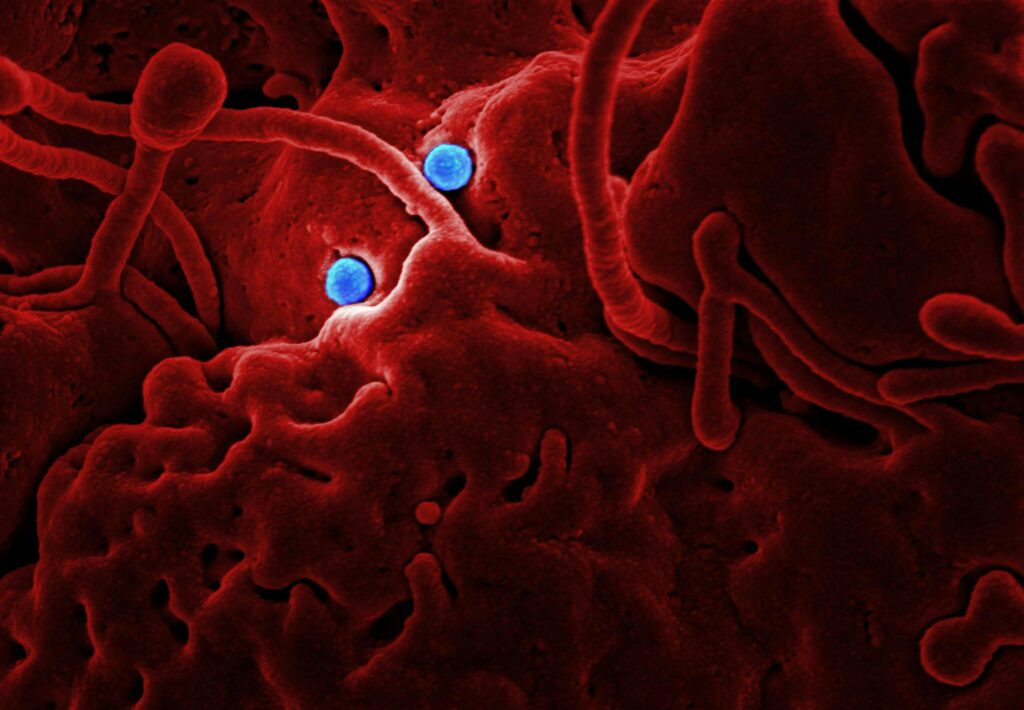Why is there so much talk about this virus? What is its source? How does the disease spread? How contagious can it be?

Now, why is there so much research on this virus? According to reports published by the US Center for Disease Control (CDC) and India’s National Library of Medicine, the nature of HMPV is very similar to that of coronavirus. This virus spreads through sneezing and coughing. Once it enters the body, it attacks the respiratory system first. Therefore, there is a fear that another pandemic like Corona may come again.
Corona’s cousin is not that dangerous
Research on this virus first started in 2001. This virus, a member of the ‘Pneumoviridae’ family, is a member of the ‘Respiratory Syncytial Virus’ (RSV), a genus of rhinovirus. RSV and rhinovirus are quite well known in this country. Every winter, these two viruses cause unknown fever and respiratory problems in various parts of the country, especially in the districts of West Bengal. They infect children first. HMPV is much like that. This virus can cause fever, pneumonia, and respiratory illnesses.

Scientists believe that although it is an RNA (ribo-nucleic acid) virus like Corona, HMPV has not become as virulent. The CDC in America says that there are numerous species and subspecies of Corona. But only two species of HMPV have been identified so far – ‘HMPV-A’ and ‘HMPV-B’, which have four parts A1, A2, B1 and B2. It is not yet known which species has spread in China.
Where to live
Like Corona, the source of this virus is also believed to be from animals or birds. Many scientists believe that this virus came from birds in particular. Research by the CDC and India’s ‘National Center for Disease Control’ says that there is a species of avian metapneumovirus (AMPV-C) in birds, which is very similar to human metapneumovirus. Although there are many different opinions on this matter. Many scientists say that metapneumovirus is not new. Rather, it is very old. This virus existed 200 years ago.
When this virus enters the human body, it has only one destination – the respiratory tract and lungs. In these two places, it multiplies and spreads quickly from one person to another. The virus can spread from the sputum and saliva of the infected person.
Is it as bad as thunder in the rainy season?
Doctors have already warned against being afraid of this virus. The strength of each virus varies from place to place. In this regard, doctor Subarna Goswami said, “This virus spreads like a winter cold, influenza, or seasonal pneumonia in adults. However, there is no reason to be afraid right now. Nothing has been reported by the government.”
The US’s ‘National Respiratory and Enteric Virus Surveillance System’ has conducted a study and found that infection with this virus causes a severe dry cough, fever lasts for a few days, and mild pneumonia symptoms may appear. As complicated as the name is, its manifestations are not that complicated. Those who already have COPD or lung infections may experience increased breathing difficulties and symptoms of bronchitis. The elderly may be more affected by this virus. If the immune system is weak, HMPV can cause asthma or COPD. In that case, oxygen therapy may be required. However, that fear is not for everyone.
Corona has given rise to numerous variants by causing its ‘genetic mutation’ (chemical change in the gene structure), some of which are quite deadly. But the same cannot be said for HMPV so far.


